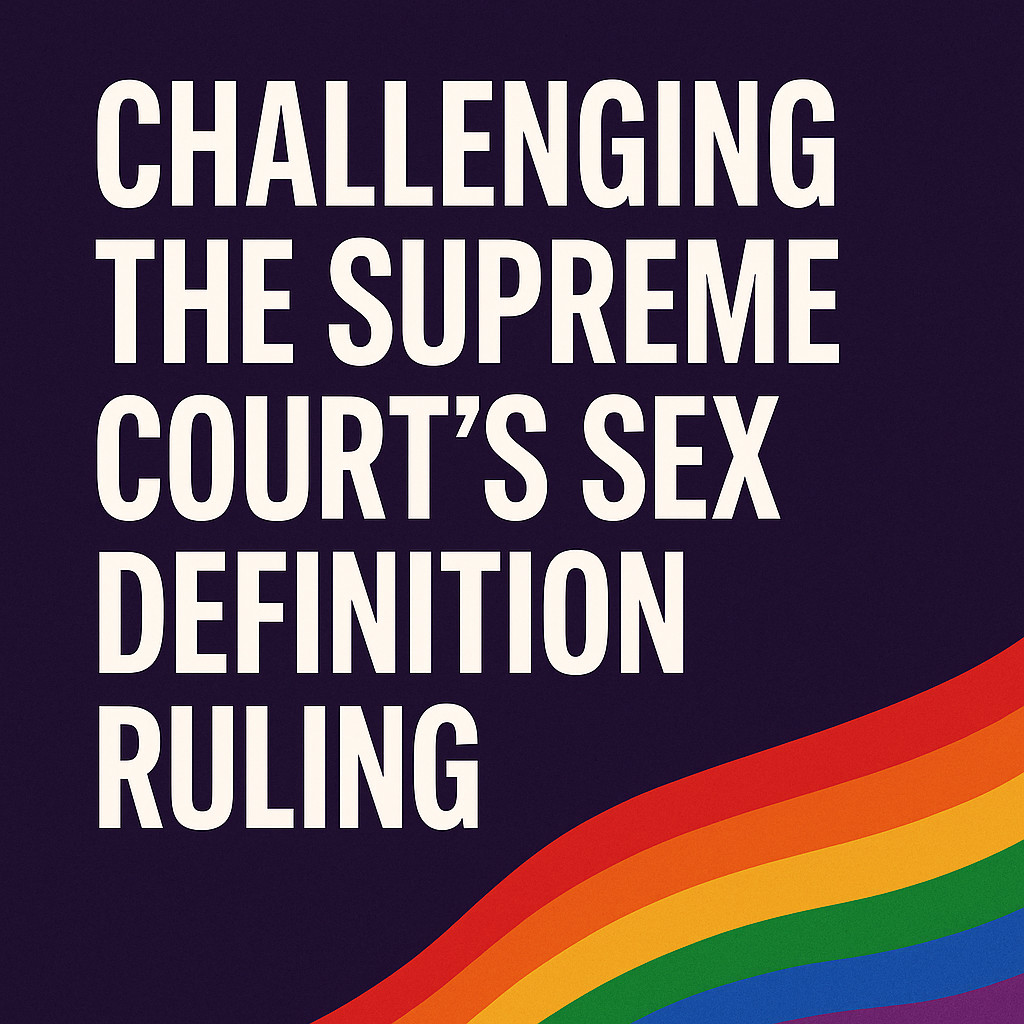
Saturday, May 17th was IDAHoBiT – International Day Against Homophobia, Biphobia and Transphobia. It is an important worldwide day where the celebration of LGBTQ people takes place in 132 countries. Apparently, that celebration was very quiet this year because I can only find a small handful of reports and posts.
This should have been especially important for Trans and Non-Binary people this year. In the UK, following the recent Supreme Court ruling on "sex" and "biological sex", supported by the government, we are already seeing levels of discrimination and harassment not seen in the UK for over twenty years. In the USA, trans and nonbinary people are facing similarly high levels of discrimination and harassment due to the relentless campaigns against LGBTQ people, and anti trans political action in many states, encouraged by President Trump.
But the problem here is not the Supreme Court ruling, it’s the near hysterical responses to that ruling by anti trans campaign groups. Shockingly, they have been supported by the Equality and Human Rights Commission (EHRC), and especially its chair, Baroness Faulkner. Their interim guidance is so biased towards the gender critical views that it appears to be breaching the fundamental principles of the Equality Act.
In this article, I want to focus on the challenges facing us all due to this bias and misinterpretation of the Supreme Court Ruling, which has now become accepted by mainstream media, and what this means for organisations committed to a policy of inclusion.
Let me state from the outset that I believe that the Supreme Court ruling is unsafe. And I say this not just because I have carefully read the 88-page judgment, but because I was actively involved in the process of creating the Equality Act and guidance. I transitioned in 2001, studied for a master’s degree in gender research in 2004/6 and founded and ran a social enterprise, GenderShift, supporting trans and nonbinary people from 2007 to 2012.
The Equality Act 2010 was the flagship legislative project of New Labour. It was essentially a consolidation act, replacing 114 separate pieces of legislation, and in the process, utterly transforming equality law in the UK. There is a quote you may have heard, attributed to Greek philosopher Aristotle: “The whole is greater than the sum of the parts,” and this is a classic example of that in action, and I will explore this in a future article.
But today, we are looking at the definition of sex within the Act. The main thrust of the Supreme Court judges’ argument is that the original intention in the drafting of the Equality Act 2010 was that sex be understood to be biological sex. That is simply not true. Furthermore, as far as I can ascertain, no evidence was sought from anyone involved in the drafting of the Equality Act, and there are already cases being prepared to challenge their decision in the European Court of Human Rights (ECtHR).
How do I know that this is not true? Because I was actively involved in the process. The first stage was the Equality Act 2006, which set up the EHRC to replace three previous commissions dealing with Sex, Race and Disability. One of the goals of the EHRC was to work with the Government Equalities Office in undertaking research across the UK to ensure that the various and complex needs of people with one or more of the new set of 10 protected characteristics were fully addressed within the Act. (One protected characteristic, Social Class, didn’t make it through the process)
The next step was the consultation, and realising that trans issues were not well covered in the initial publications, trans organisations attended all the consultation meetings to make sure our voices were heard. I became actively involved in various regional and national consultation meetings and submitted responses to online consultations. I even ran some consultations with elderly trans people with the EHRC. I worked closely with the regional office of the EHRC in Yorkshire and other government agencies here.
It is important to remember that at the time the Equality Act was being drafted, the Sex Discrimination Amendment Act 1999 had been passed, making it illegal to discriminate against trans people on the grounds of sex. Furthermore, the Gender Recognition Act 2004 (GRA), created following an ECtHR decision (Goodwin v UK Government 2002), had been in place for 6 years, enabling trans people to apply for a Gender Recognition Certificate (GRC) and change the sex marker on their birth certificates.
A direct result of the Supreme Court ruling has been to ‘drive a horse and coaches’ through the Gender Recognition Act. What is the point of a GRC, which states that ”the person to whom this certificate is issued is for all purposes the gender shown,” if, in the Equality Act, sex meant biological sex? Incidentally, the Supreme Court failed in its 88 pages to actually define what it meant by biological sex.
This has all now been clarified by Melanie Field, who was the lead civil servant in the drafting of the Equality Act and later executive director of the EHRC. In various articles and interviews since the Supreme Court ruling, she has publicly stated that the intention of the government when drafting and implementing the act was that sex meant legal sex.
So what now?
If you have read the interim guidance from the EHRC, you may be concerned. But this is the real problem. That interim guidance, which is not legally enforceable, has not been received well. All LGBTQ support charities have challenged it. Several MPs have taken successful action to persuade the EHRC to change the timescale for its consultation period from two weeks to six weeks – still only half the usual consultation time of three months.
The only thing that has changed is the definition of sex within the Act. Prior to this ruling, trans people, especially trans women, could be and were excluded from single sex spaces, but you had to justify this. Now the reverse is true. You can include trans people in single sex spaces, but you may now have to justify that. Some organisations have already stated that they will continue to be inclusive, some have said that they will now exclude trans people from all single sex spaces.
That brings us to the real problem with this Supreme Court ruling. The focus of the hysteria over this issue has been on the use of female changing facilities and toilets, even though there was no mention of toilets in the Supreme Court ruling.
How do you know if someone is transgender?
In reality, it means that people will be challenged because they don’t look male or female enough, and it’s likely to be trans women who are challenged because the transition process is less effective for men transitioning to female than vice versa.
Already, we are hearing incidents of natal women being challenged because they look too masculine. I am not going to say more about the rise of vigilantism other than to note that this ruling has been seen by many as permitting them to “take the law into their own hands.” Of course, any vigilante action is almost certain to be considered a Hate Crime.
A lot of trans people live in “stealth.” That means they have transitioned and now live permanently in their acquired gender, but no one knows. They “pass” as men or women and have recreated a personal history to support that. I say no one knows – actually, a few people from their past may know, but they often move and establish a new life, with a new identity and cut off all contact with their past. I know some trans women who have married, and even their husbands don’t know.
Obviously, there are official records and the government could disclose a person's birth sex, but that would require repealing the GRA and some major changes to privacy laws. Mandating someone to disclose their biological sex is likely to be a direct breach of the Human Rights Act, the Gender Recognition Act and possibly even the Equality Act, because outing people in the workplace may result in discrimination and harassment, and result in the organisation facing legal action.
While the Supreme Court case addressed a specific issue of trans women applying for inclusion on all women short lists, the ruling impacts trans men equally. So do women want trans men, women who have transitioned to men, in their female single sex spaces? The answer is no, and the EHRC have said that there may be circumstances where trans people can be banned from using single sex facilities appropriate to their biological sex, but because trans people are protected by the gender reassignment protected characteristic in the Equality Act it is important that they are not left with no facilities.
Separate facilities for trans people? That, of course, would result I trans people outing themselves publicly every time they use public facilities. I cannot even imagine the cost of providing safe toilets and changing facilities for trans people in all public buildings, leisure centres. The option of requiring trans people to use facilities appropriate to their biological sex is certainly not an option for a variety of reasons.
For example, requiring trans men to use female changing facilities and toilets would mean that predatory natal men could use female facilities, claiming that they were trans men, a far more likely possibility than them dressing as women to enter female spaces.
The gender critical arguments have all been dressed up as a campaign to make single sex spaces safer for women, arguing that trans women, because they are men, are a threat to women and girls. There is no evidence of that. I am not saying that there are no people identifying as trans who are actually predatory men, just that there are only isolated cases, and that most predatory men are unlikely to do that.
I have been living as a female now for 25 years and have always used female toilets and changing facilities. I have never been challenged, never been aware of any complaint about me, and all the women I know do not have a problem with me using female facilities. It is not safe for me to enter an all male single sex facility presenting as a female, which would immediately out me as trans. I have experienced harassment and threatening behaviour from men on many occasions. What most trans people who do not pass easily are telling me is that they now cannot go out in public if they are likely to need to use the toilets.
We will eventually see some guidance from the EHRC, but that is unlikely to be for a few months, given that the consultation doesn’t end until early July, and judging by the current pronouncements from EHRC officials, any guidance they do produce will be biased in favour of gender critical beliefs.
June is Pride month, and given the number of protest meetings that have already taken place across the country and that most LGBTQ organisations have declared their support for trans and non-binary people, it’s likely that this issue will feature significantly at Pride events.
If your organisation intends to continue a policy of trans and non-binary inclusion, I believe it will be important for you to demonstrate that support during Pride month. At the same time, allowing this toxic debate to fester is likely to be damaging to the morale and cohesion you have worked so hard to establish.
I already have some bookings to deliver LGBTQ talks in June, but I still have room for more, so if you would like to talk to me about how I can help your organisation to continue to be strongly LGBTQ inclusive and to promote LGBTQ allyship despite the divisive nature of this debate, then why not book a call with me now.
Check out my Pride Speaker Page here: speakersecademy.com/pride-speaker
Or book a call here https://speakersecademy.com/scheduler/lgbtq-keynote-speaking-discovery-call
#TransRights #EqualityAct #LGBTQInclusion #PrideMonth #TransAwareness #HumanRights #InclusionMatters #NonBinaryVoices #EHRC #SupremeCourtRuling #TransIsBeautiful #LGBTQSpeakers #InclusiveWorkplaces #GenderEquality #RikkiArundel #GenderSpeaker


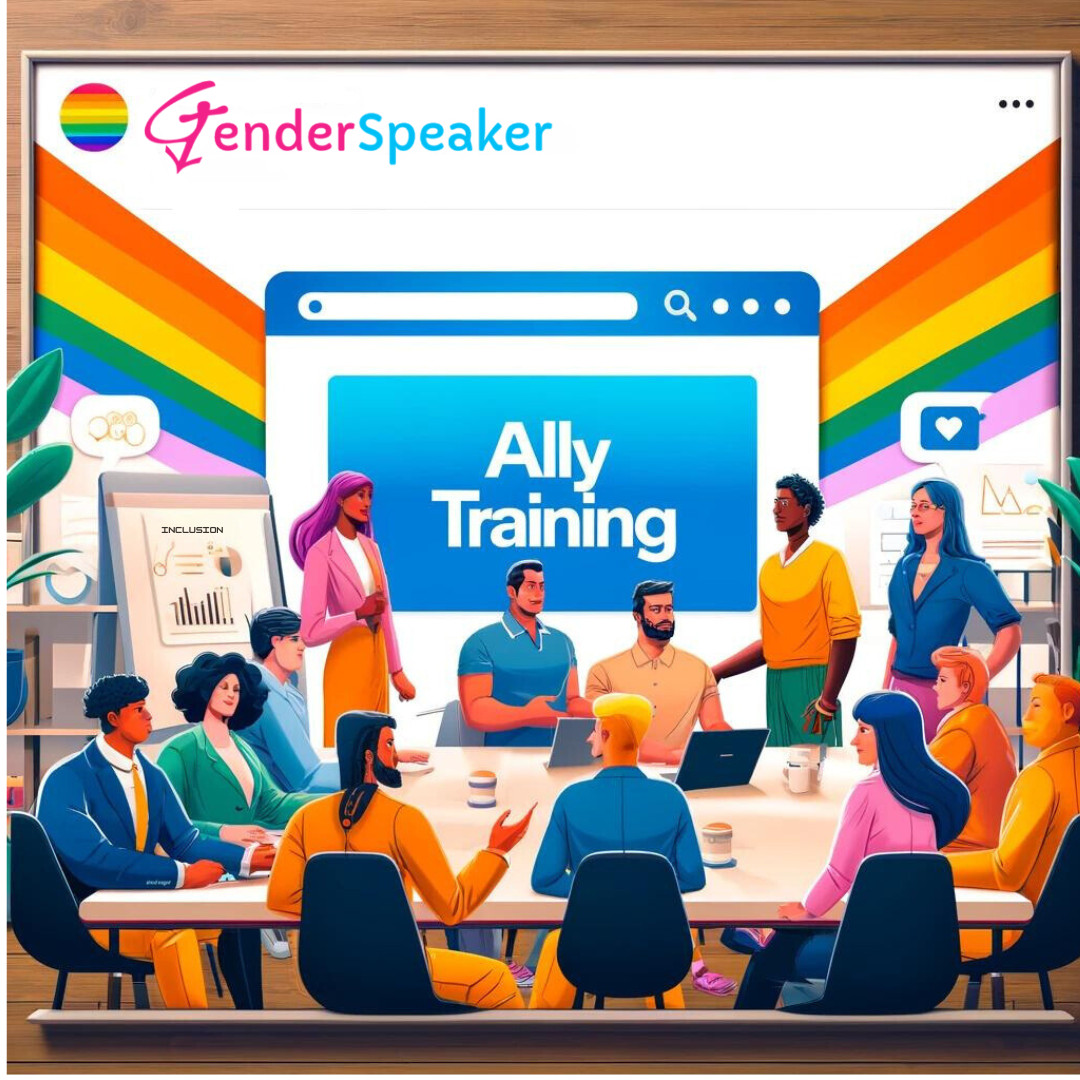

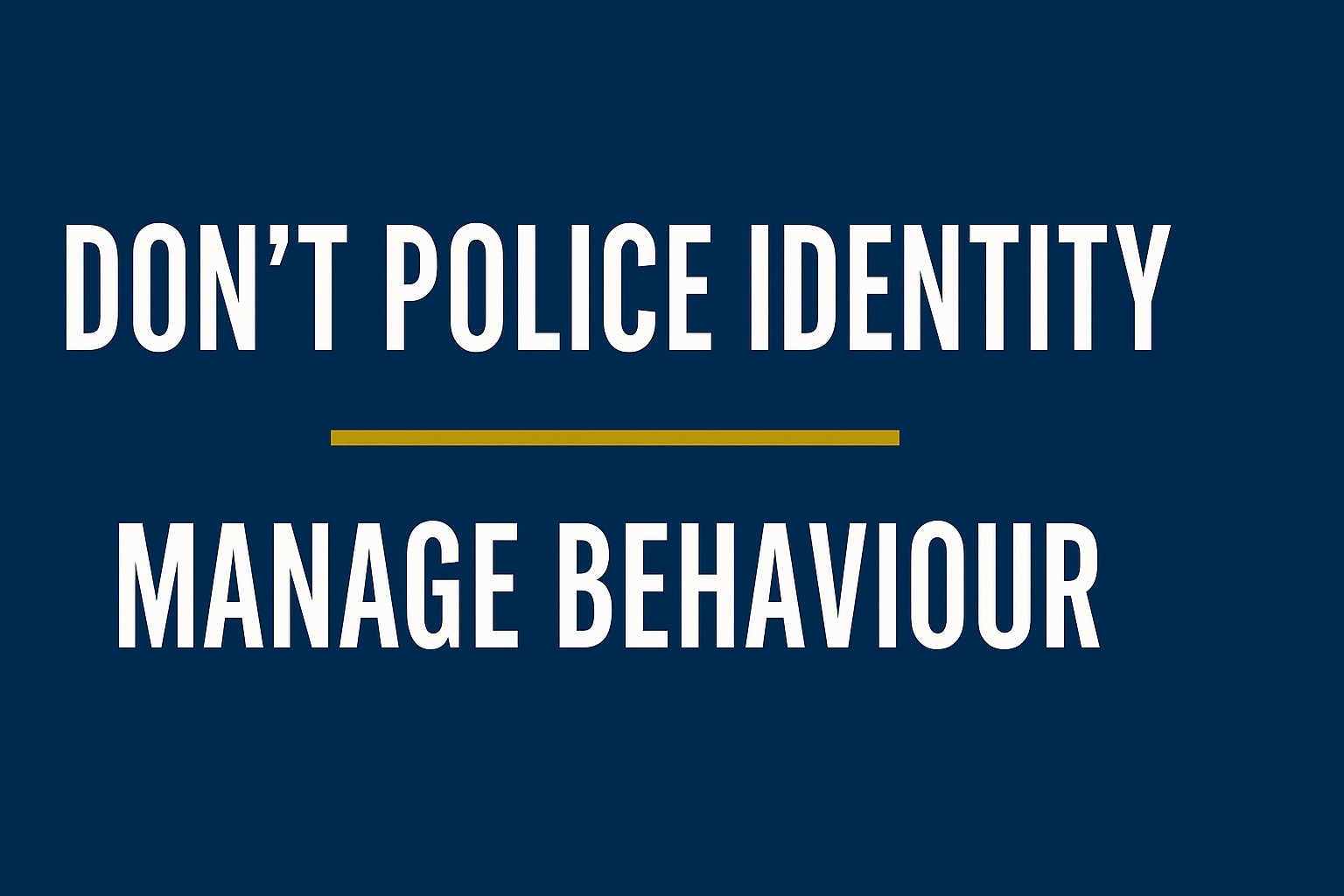
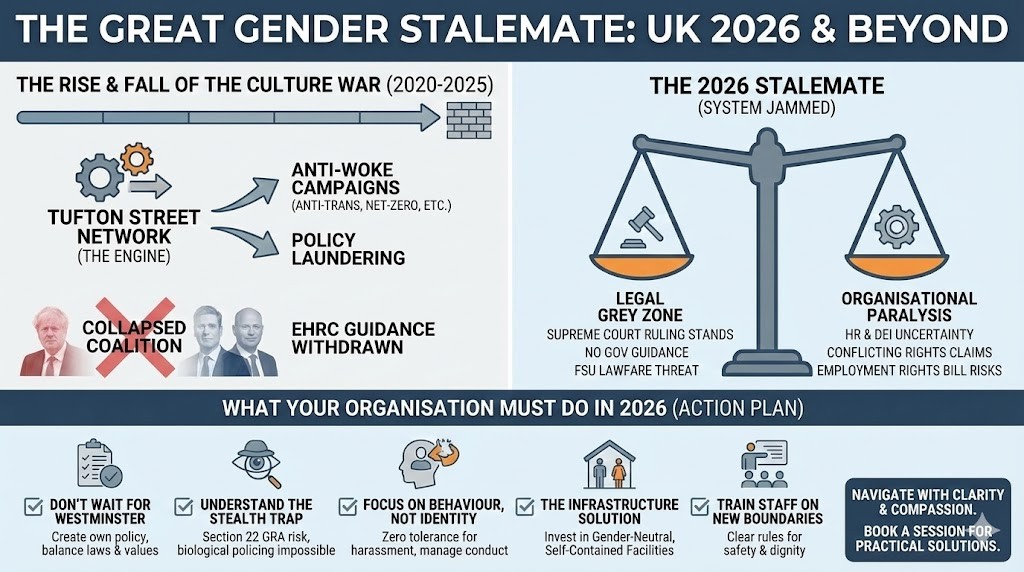
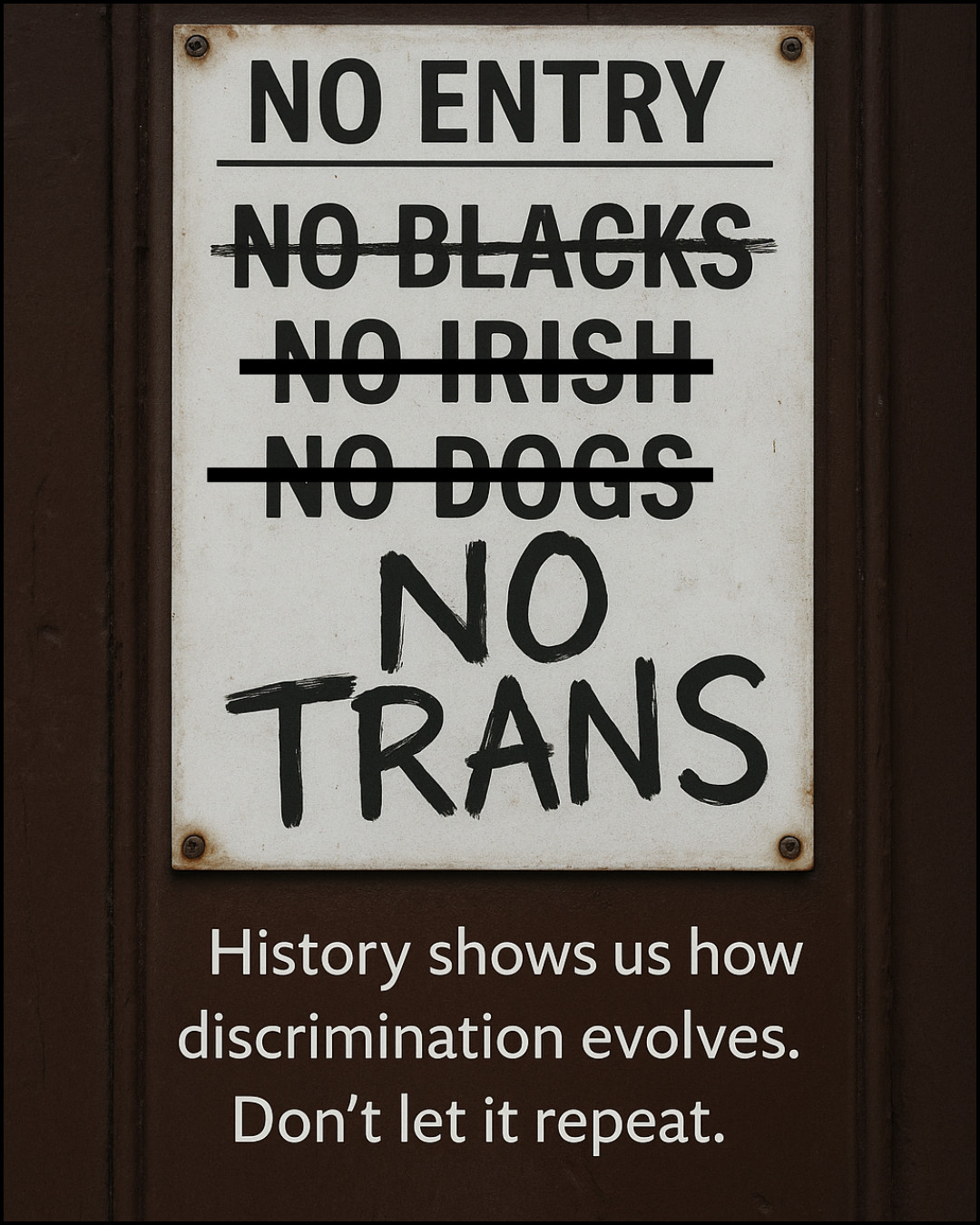

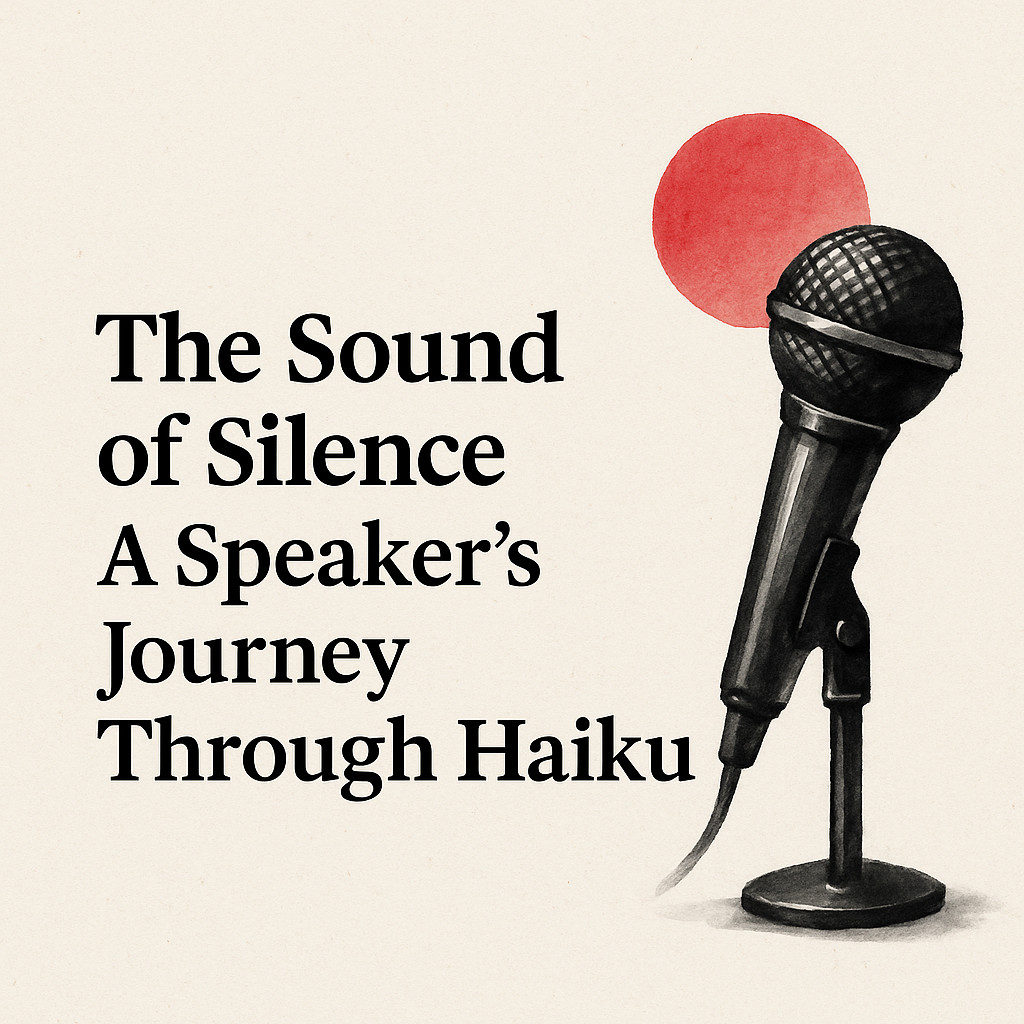
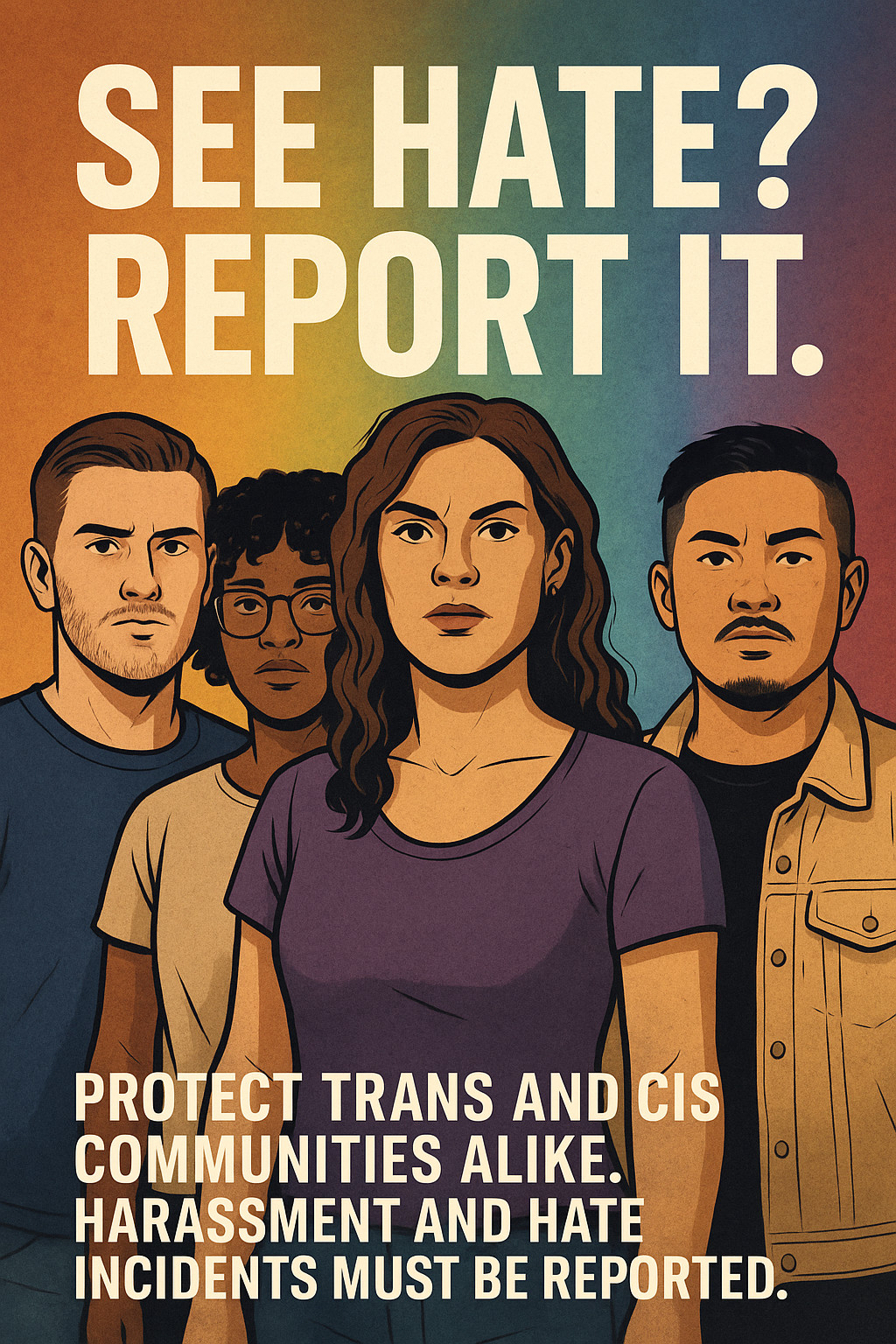
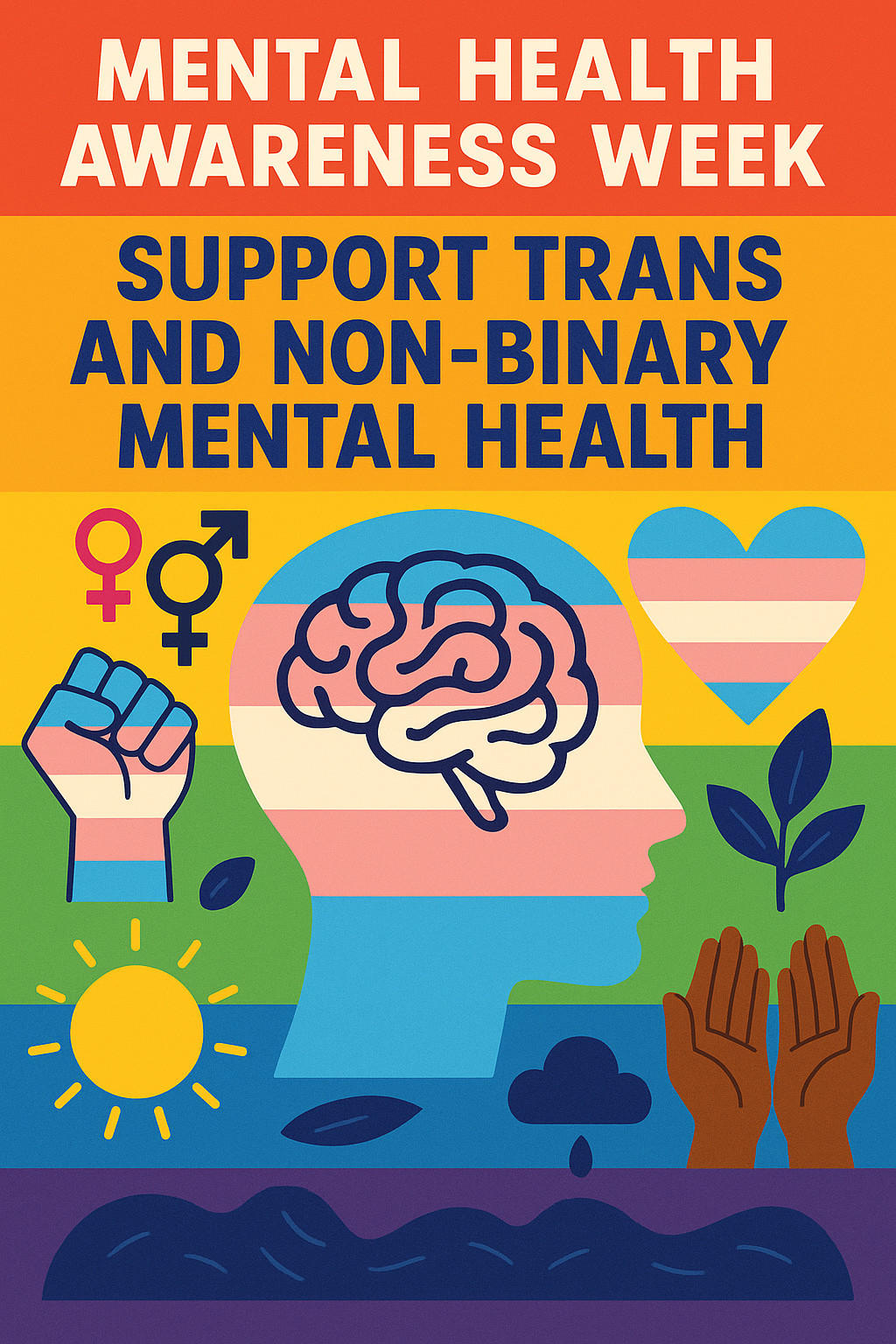









I moved away 9 years ago and rebuilt my life as the woman I knew I was
My close friends here know I’m trans but my many other friends may suspect but don’t care and treat me as a woman
And this is part of the problem we face, the vast majority of cis women are either unaware of the SC ruling or don’t mind because they are happy to share their space with trans people
And so the tiny gender critical minority are getting their voices heard (and will soon get their wishes granted when the Statutory Guidance is issued) while the media give them, unchallenged, air time to spout their bile and nonsense and the politicians keep their heads down waiting for the Guidance so they can blame the EHRC
When I tell my friends what this ruling is likely to mean they’re appalled. But it will soon be too late
I’ve written twice to my MP and to members of various Select Committees and the EHRC and not even had the courtesy of an acknowledgement
Devon